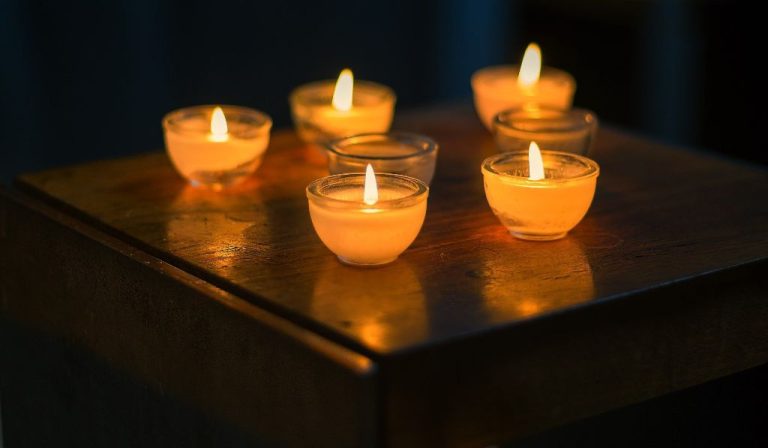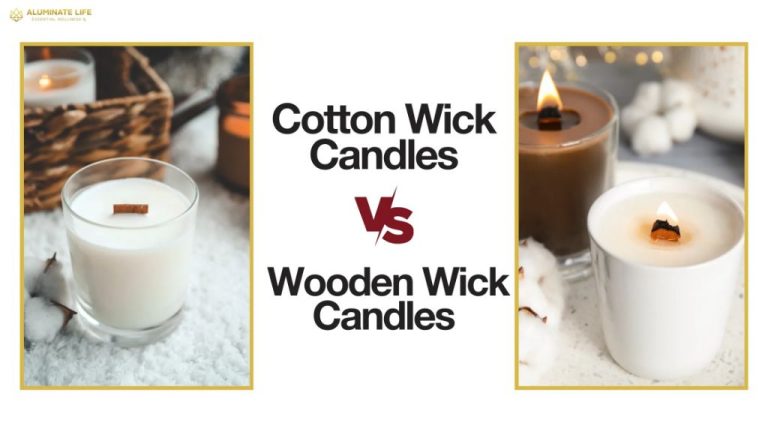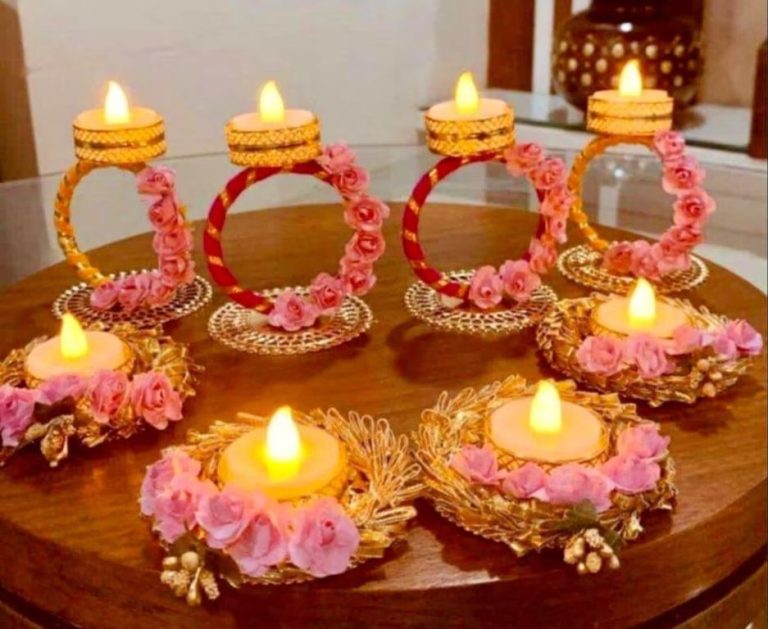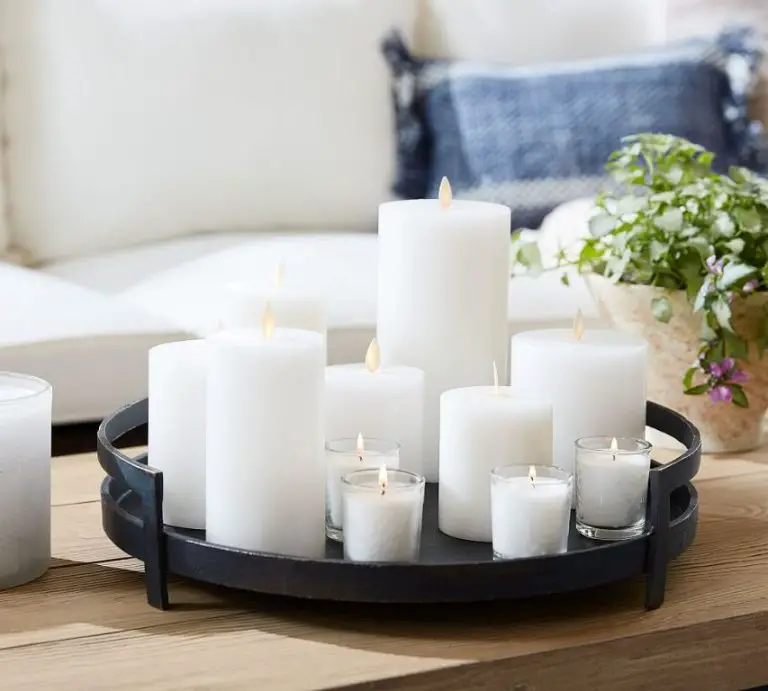Can You Put 2 Wicks In A Candle?
Candles have been used for light and ambiance for centuries. While most candles have a single wick, some candle makers choose to use two or more wicks in a single candle. Using multiple wicks in one candle can provide some potential benefits compared to a single wick, but it also requires some special considerations.
This article will provide an overview of the reasons for using two wicks in a candle, the ideal wick spacing, the types of wicks that work best, and the effects multiple wicks have on wax melting, fragrance dispersal, and burn time. We’ll help you understand the pros and cons so you can decide if a dual-wick candle is right for your needs.
What is a Candle Wick?
A candle wick is a piece of string or cord that runs through the center of a candle. Its main purpose is to deliver fuel to the flame and allow the candle wax to melt evenly. When lit, the candle wick absorbs liquid wax via capillary action and brings it to the flame. As the wax vaporizes, it sustains the flame. The wick also regulates the size and shape of the flame based on the thickness and number of wick plies.
Candle wicks are typically made from braided cotton, but can also be crafted from paper, wood, or metal. Cotton wicks provide a consistent flame and burn down at an even rate along with the wax pool. The capillary action pulls wax up into the wick continuously so the candle can burn over a long period.
Why Use Multiple Wicks?
Using multiple wicks in a candle can provide several benefits compared to using just a single wick.
First, multiple wicks can help disperse fragrance more evenly throughout the room as the candle burns. With a single wick, fragrance tends to be concentrated around the top of the candle. Multiple wicks spaced apart means more fragrance is released into the air from different parts of the candle.
Second, multiple wicks can create a larger melt pool on top of the candle. More wicks heating the top layer of wax means that liquid wax pool will be wider compared to a single wick. This allows more of the candle to liquefy and participate in the fragrance dispersal.
Third, using 2 or more wicks can extend the burn time of a candle. With more wicks consuming the wax from different positions, the candle will burn down at a slower rate. This gives you more hours of candle use before it needs to be replaced.
In summary, the main reasons to use multiple wicks are to improve fragrance dispersion throughout a room, create a larger melt pool for more wax to be heated at once, and extend the usable lifetime of a candle by slowing down the burn rate.
How Many Wicks Should You Use?
The ideal number of wicks for a candle depends on several factors:
Candle diameter – Wider candles need more wicks to create an even melt pool across the top. As a general rule, candles 3-4 inches wide do well with a single wick. Candles 4-6 inches wide benefit from 2 wicks, while candles wider than 6 inches usually require 3 or more evenly spaced wicks.
Wax type – Softer waxes like soy wax require more wicks than harder paraffin wax since they melt faster. Fragranced wax also melts quicker than unscented.
Burn time – Multiple wicks will burn the candle faster, while a single wick maximizes burn time. If a longer burn is preferred, stick to 1 wick.
Fragrance dispersal – Extra wicks help throw scent more effectively throughout a room. 2-3 wicks can provide a stronger fragrance experience.
Melt pool – Testing wick types and numbers can ensure the proper melt pool forms as the candle burns. Too small of a melt pool means more wicks are needed.
Aesthetics – Some candle makers opt for multiple wicks simply for visual appeal.
In summary, most standard candles work great with just 1 wick. But for large diameter candles, softer waxes, stronger scents, or aesthetic preference, using 2 or more properly spaced wicks can maximize results.
Ideal Wick Spacing
When using multiple wicks in a candle, it’s important to space them equally apart at an ideal distance. The most common placement is in a triangle shape, with each wick around 1.5-2 inches from the next. This allows for even heating and wax pool creation.
For small candles (3-4 inches diameter), space wicks 1-1.5 inches apart. Medium candles (4-6 inches diameter) should have wicks 1.5-2 inches apart. Larger candles can have wicks spaced 2-3 inches apart.
The triangle shape ensures the flame energy isn’t concentrated in one spot, but distributed evenly across the candle. It also prevents tunneling or weak spots in the wax pool. Uneven wick placement can lead to higher flames, uneven burning, or wasted wax.
Use a ruler when placing your wicks initially to ensure proper spacing. This will set up your candle for success and optimal performance when burning multiple wicks.
Wick Types for Multiple Wicks
When using multiple wicks in a candle, you can combine different wick types and diameters to achieve optimal performance. Here are some options to consider:
Wick Diameter
Thicker wicks are better at delivering fragrance in candles with a large diameter. Mixing wick diameters allows you to use a thinner wick in the center for even burning, and a thicker wick on the outside to disperse more fragrance.
Wick Material
Pairing cotton and wood wicks creates a nice balance. The cotton provides good capillary action to draw wax up the wick, while the wood wicks help anchor and center the flame. Wood also tends to retain more scent and burn hotter than cotton.
You can also combine paper and cotton wicks. Paper wicks are flat and braided to allow wax to travel up all surfaces. Cotton gives a brighter flame and can be twisted with paper for structural stability.
Experiment with different pairings to find the best wick types for your specific candle design, wax type and fragrance.
Wax Melting with Multiple Wicks
Having more than one wick in a candle results in a hotter overall burn and larger melt pool. This is because each additional wick contributes its own flame and heat output. More heat energy is released into the top layer of wax, causing it to liquefy faster. This creates a larger pool of melted wax that the wicks can then continue drawing up through their wicks via capillary action.
With a single wick, the melt pool may only extend 1-2 inches around the wick. But with two or more wicks spaced a few inches apart, the melt pools can combine to cover nearly the entire top surface of the candle. This allows more wax to be utilized in the burning process before needing to extinguish and relight the candle.
The larger melt pool also helps disperse fragrance more effectively. The increased area for releasing fragrant oils results in a stronger aroma presence when multiple wicks are used. Just be careful not to space wicks too closely, as it can cause overheating and too rapid melting.
Fragrance Dispersal
One of the key benefits of using multiple wicks in a candle is enhanced fragrance dispersal and throw. With each additional wick, more fragrance oil is released into the air as the wax pool melts. This creates a stronger aroma presence throughout the room.
Candles with a single wick often have a limited fragrance radius. The scent tends to remain concentrated around the candle. Adding more wicks helps to diffuse the fragrance over a wider space for a more impactful sensory experience.
Using two or more wicks also creates overlapping fragrance pools. When these combine, it amplifies the overall fragrance strength. The different melt pools work together to project the aroma further.
Additionally, some fragrance notes are carried through the air better than others. A candle with multiple wicks enables more of the top, middle and base notes to be transmitted. This allows the full fragrance blend to shine.
In summary, incorporating multiple wicks is an effective way to enhance fragrance dispersal. The more wicks, the stronger and farther reaching the candle’s aroma presence will be.
Burn Time
One of the main benefits of using multiple wicks in a candle is that it can extend the total burn time. As the candle burns down, having two or more wicks means that the wax around each wick will melt at the same rate. With just a single wick, the melted wax pool can become quite wide and shallow over time. But with dual wicks, the two melted wax pools will stay more defined. This helps prevent tunneling, where an uneven melt pool sinks down the middle of the candle. The overall effect is that the candle’s wax fuel will burn slower and more evenly with two or more wicks.
Testing shows that a two-wick candle generally lasts around 1.5 times longer than a single wick candle of the same size and shape. Going up to three or four wicks can further extend burn time, with diminishing returns. Too many wicks packed tightly together provides limited benefit. But overall, multiple wicks means more wax gets used before the candle runs out, giving you more hours of burn time.
Conclusion
In summary, using two wicks in a candle can provide some benefits but also requires careful testing and wick placement. The main potential benefits of a dual-wick candle are a larger melted wax pool, more even fragrance dispersal, and a longer total burn time. However, placing two wicks too close together risks tunneling, poor performance, and an uneven burn. Most candle makers recommend keeping wicks at least 1-2 inches apart and choosing slimmer wick types to allow plenty of space for two flames. Testing different wick types, positioning, and wax formulas is key to optimizing the performance of a dual-wick candle. When done right, two wicks can create a unique, long-lasting candle with an enticing scent throw. Just take care not to simply double up on wicks without considering spacing, wax pool size, and testing burn characteristics.





